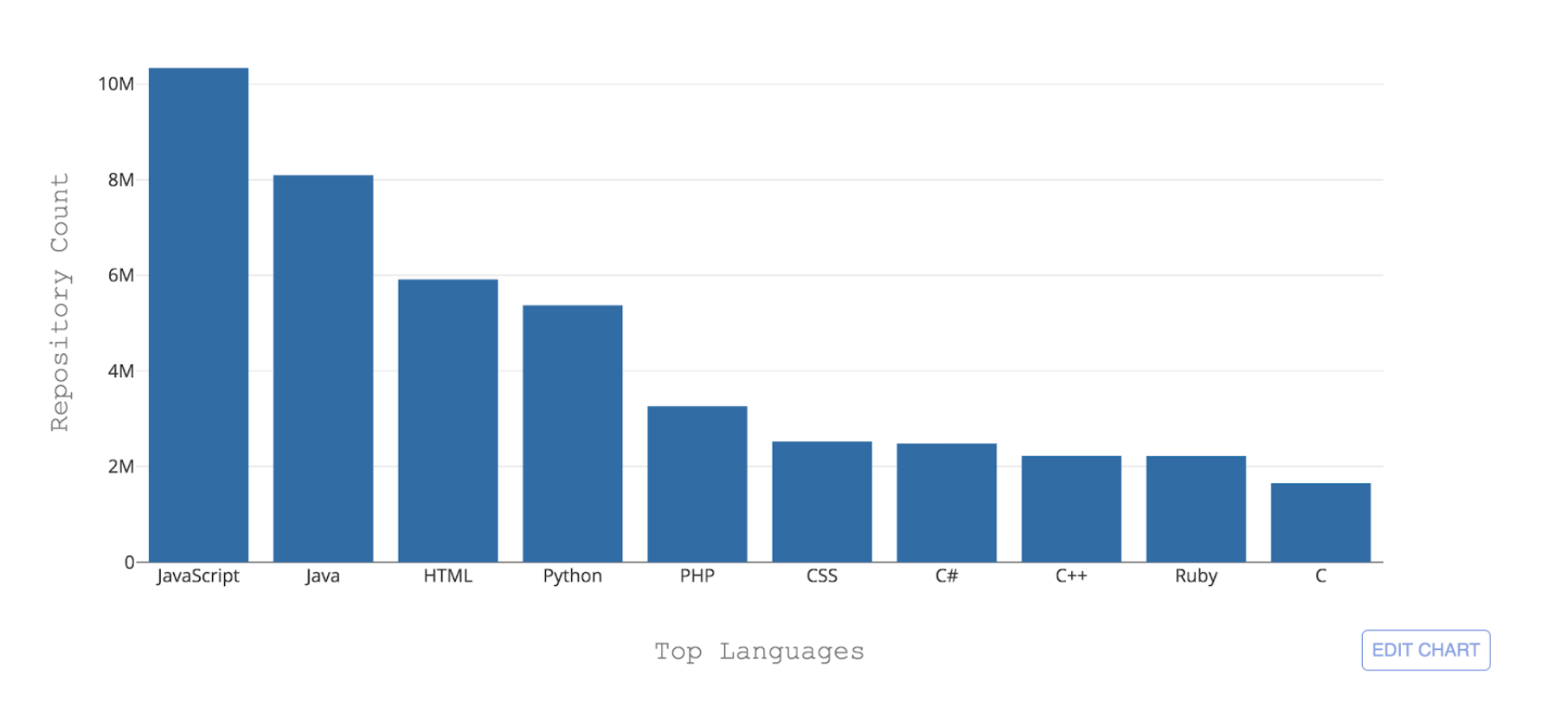Free API Moscow Stock Exchange (MOEX) in Google Sheets

This means that almost 2 million newbies without any actual trading experience and lacking any specialized software for trading/position analysis have entered the market.



RTSP is a simple signaling protocol which they cannot replace with anything for many years already, and it has to be admitted that they don't try really hard.
For example, we have an IP camera that supports RTSP. Anyone who has ever tested the traffic with a Sharkwire cable will tell you that first there comes DESCRIBE, then PLAY, and then the traffic begins to pour directly via RTP or wrapped in the TCP channel for instance.
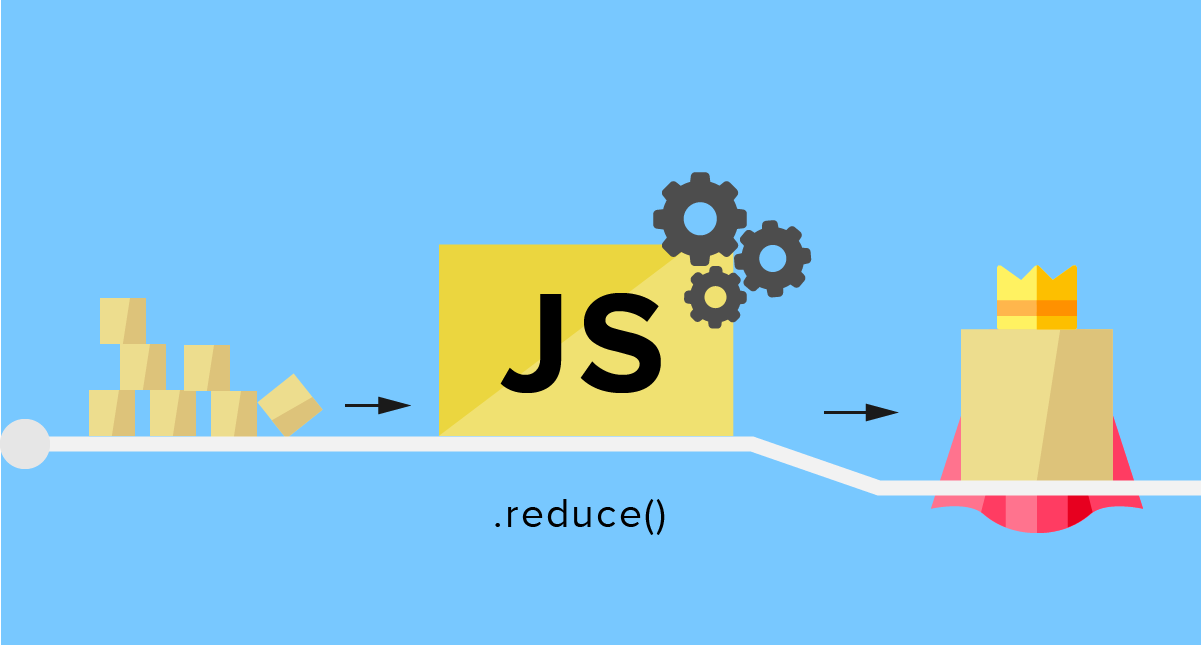

Popular cloud hosting DigitalOcean has recently launched its new marketplace selling preconfigured images that can help to quickly deploy an application server. It’s much like AWS, but DO is for those already using this provider’s services. Let’s see how to deploy a simple server for WebRTC streaming with a DO account for a $10/month fee based on Flashphoner WebCallServer and how such a server can be of use.


Have you thought about the influence of the nearest metro to the price of your flat?
What about several kindergartens around your apartment? Are you ready to plunge in the world of geo-spatial data?
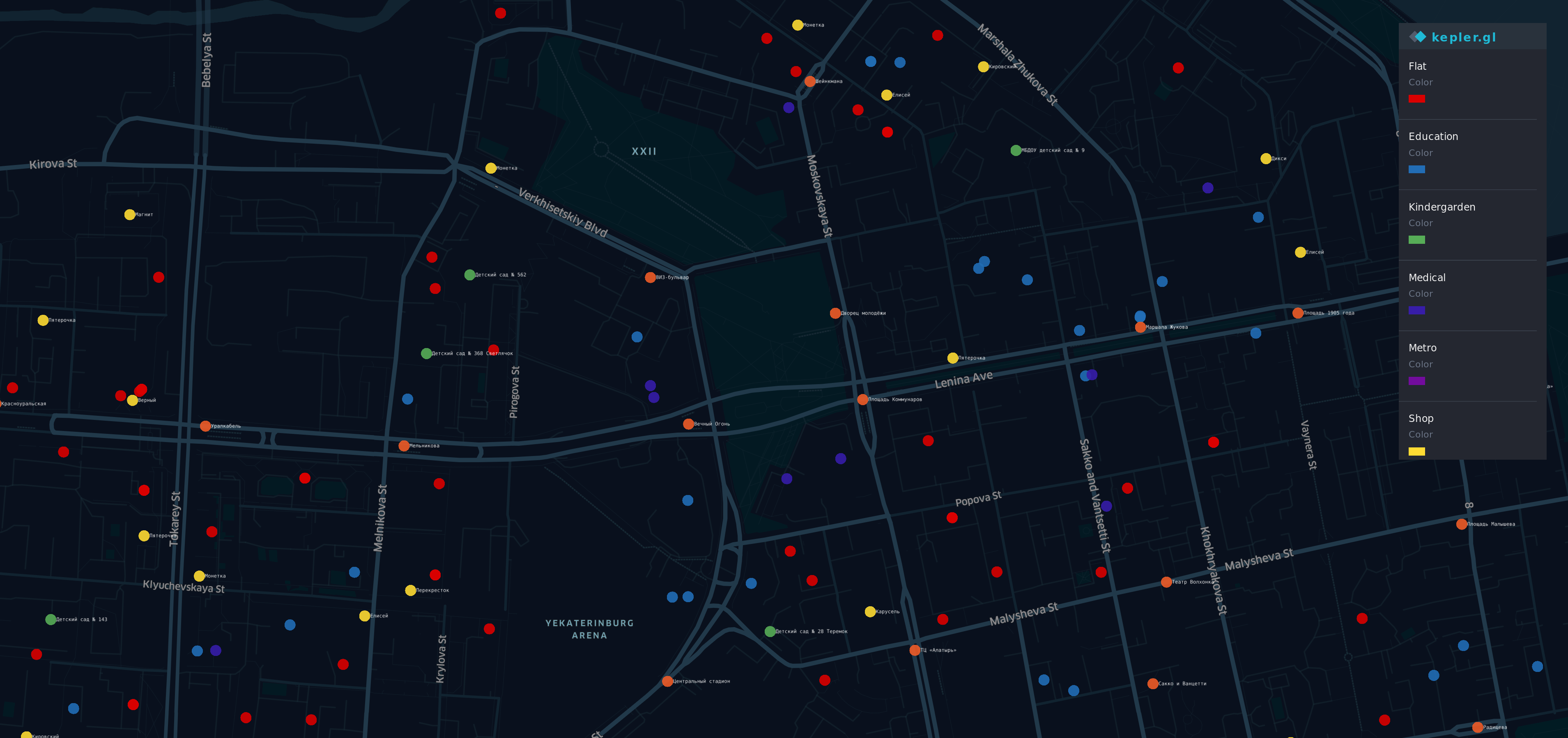

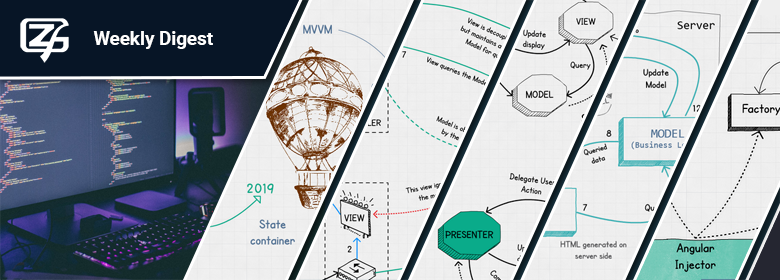
Happy programmer's day! I wish you more bright commits, merged pull requests, less merge conflicts, and that your life branches remain relevant as long as possible. As a conceptual gift, I propose the implementation of a family tree by means of the Git version control system. Well… sounds like a plan!
For those who have immediately understood everything, I give links to the source code: GenealogyTreeInGit and family trees: mine and US presidents.
In addition, I implemented a simple social graph. It displays not only the degree of kinship, but also the status of relations between descendants, events such as wedding, divorce, childbirth, as well as contributions to the relations.
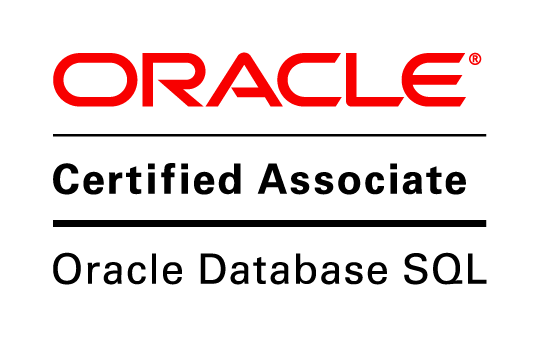
When I was preparing for Java 8 OCA and OCP I found a lot of useful articles about subjects on Habr that helped me to choose the optimal path and save a considerable amount of time.
When I started preparing for OCA Oracle Database SQL (1Z0-071) I didn’t find any materials on Habr about this matter and found there to be limited information available on the Internet. Because of this I decided to write a complete guide in order to help others who are interested in this certification to help them save time and successfully pass what I consider to be a pretty hard exam.

In this article, I would like to propose an alternative to the traditional test design style using functional programming concepts in Scala. This approach was inspired by many months of pain from maintaining dozens of failing tests and a burning desire to make them more straightforward and more comprehensible.
Even though the code is in Scala, the proposed ideas are appropriate for developers and QA engineers who use languages supporting functional programming. You can find a Github link with the full solution and an example at the end of the article.



